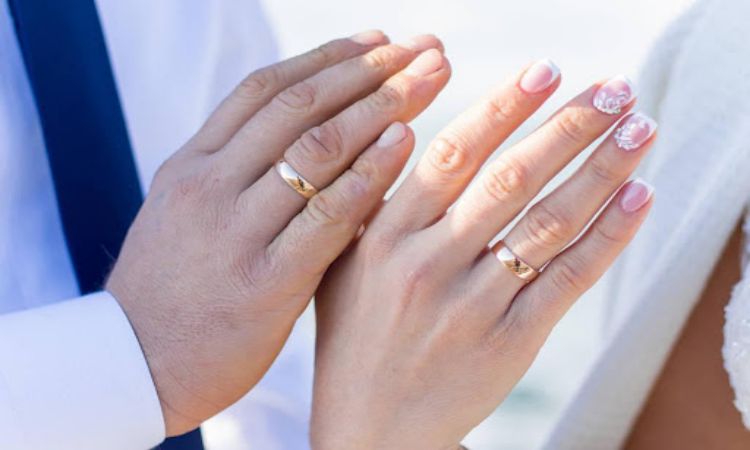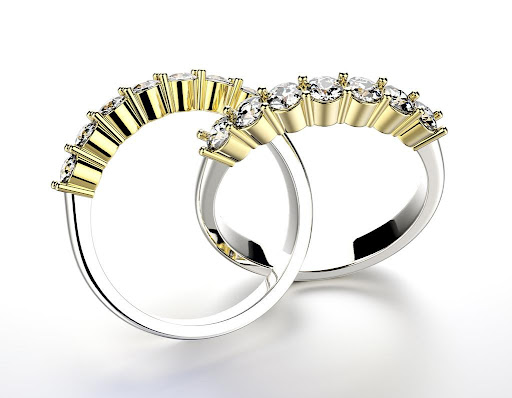 Designing the Perfect Engagement Ring: A Guide for Couples
Designing the Perfect Engagement Ring: A Guide for Couples
An engagement ring is a symbol of love and commitment that will be cherished for a lifetime. With so many options available, designing the perfect engagement ring can seem overwhelming. But with a little bit of planning and consideration, you can create a one-of-a-kind ring that reflects your unique style and relationship. Here’s a guide to help you get started.
Step 1: Determine Your Budget
Before you start designing your engagement ring, it’s essential to determine your budget. Engagement rings can vary widely in price, depending on factors such as the type and size of the diamond, the type of metal used for the band, and any additional design features. Knowing how much you’re willing to spend will help you narrow down your options and ensure that you stay within your budget.
Step 2: Choose the Type of Stone
The most common stone used for engagement rings is a diamond, but there are many other options available. Consider your style and preferences when choosing the type of stone. Whether you prefer a classic solitaire, a vintage-inspired design, or something more contemporary, look for design engagement rings at Mazzucchelli’s. Some popular options include:
Diamonds:
Diamonds are the classic choice for engagement rings. They are durable, long-lasting, and have a timeless beauty.
Colored Gemstones:
Colored gemstones such as sapphires, rubies, and emeralds are becoming increasingly popular for engagement rings. They add a pop of color and can be a unique way to express your style.
Moissanite:
Moissanite is a lab-created stone that is similar in appearance to a diamond but is much more affordable. It’s a great option for those who want the look of a diamond without the high cost.
Step 3: Choose the Type of Metal
The type of metal you choose for your engagement ring will impact its durability and overall appearance. Some popular options include:
Gold:
Gold is a classic choice for engagement rings. It’s available in a variety of colors, including yellow, white, and rose, and it’s a durable and long-lasting metal.
Platinum:
A strong and hypoallergenic metal, platinum is ideal for people with sensitive skin. In addition to being highly rare, it is a premium option.
Palladium:
Palladium is a lightweight and durable metal that’s perfect for those who want a metal that’s similar in appearance to platinum but more affordable.
Step 4: Choose the Shape and Cut of the Stone
The shape and cut of the stone will impact its overall appearance and how much it sparkles. Some popular shapes include:
Round:
Round diamonds are the most popular shape for engagement rings. They have a timeless beauty and sparkle that is hard to match.
Princess:
Princess-cut diamonds are square and have sharp corners. They are a popular alternative to round diamonds and offer a modern and edgy look.
Oval:
Oval-shaped diamonds are elegant and elongated shapes that can make fingers look longer and more slender.
Step 5: Consider Additional Design Features
Once you’ve chosen the type of stone, metal, and shape, you can start to consider additional design features. Some popular options include:
Halo:
A halo setting features a ring of smaller diamonds or gemstones that surround the center stone, adding extra sparkle and creating a larger appearance.
Pavé:
A pavé setting features small diamonds or gemstones that are set closely together, creating a “paved” appearance.
Side Stones:
Side stones are smaller diamonds or gemstones that are set on either side of the center stone, adding extra sparkle and visual interest.
Engraving:
Engraving is a great way to add a personal touch to your engagement ring. You can engrave your initials, a special date, or a meaningful message.
Step 6: Work with a Professional Designer
Designing an engagement ring is a complex process that requires a lot of knowledge and expertise. That’s why it’s important to work with a professional designer who can guide you through the process and ensure that your vision is brought to life.
When choosing a designer, look for someone with experience and a strong portfolio of work. Schedule a consultation to discuss your ideas and budget, and be sure to ask questions about the design process, materials, and timeline. A good designer can offer suggestions and guidance while still staying true to your vision.
Step 7: Make Sure It Fits Comfortably
Once your engagement ring is complete, it’s important to make sure that it fits comfortably. The last thing you want is for your ring to feel too tight or too loose on your finger. You can have your ring resized by a professional jeweler to ensure a perfect fit.
 Conclusion
Conclusion
Designing the perfect engagement ring is an exciting and rewarding process. By considering factors such as budget, stone type, metal, shape, and additional design features, you can create a one-of-a-kind ring that reflects your unique style and relationship. And by working with a professional designer, you can ensure that your vision is brought to life with precision and care. With the right engagement ring, you’ll have a symbol of your love and commitment that will be cherished for a lifetime.






